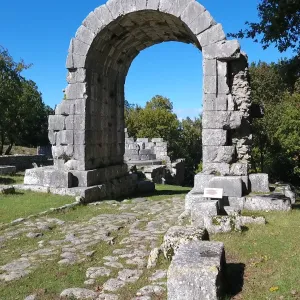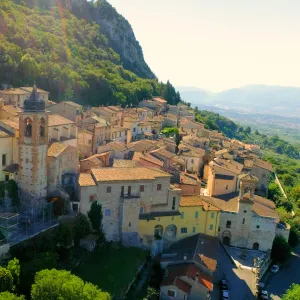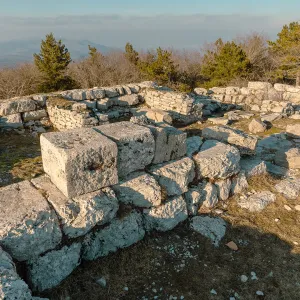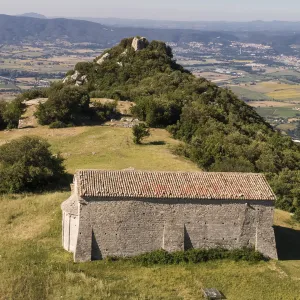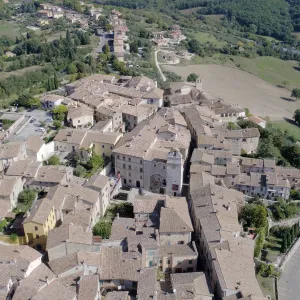The Abbey of San Nicolò, Sangemini
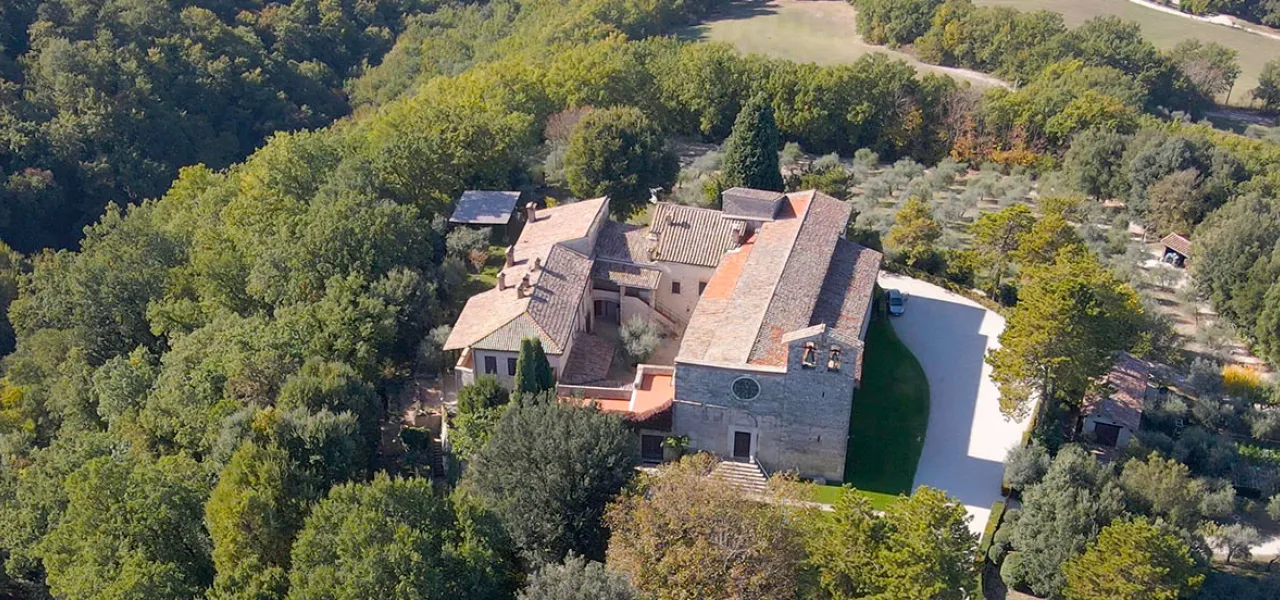
The abbey, inhabited by Benedictine monks, was dedicated to the cult of St Nicholas, Bishop of Myra, whose name was shortened to Nicolò. Towards the end of the 11th century, it came under the protection of the monastery of Farfa. This was the abbey's period of maximum splendour. In 1228 and 1239, the monastery was devastated by Frederick II. Following the destruction of most of the buildings, the monastic complex was almost completely rebuilt and the church was greatly modified at the end of the 13th century. The abbey still prospered until the end of the 14th century but then went into rapid decline. In 1775, the sarcophagus containing the body of St Nicholas was found and the saint's relics were placed inside the church, which in the following years suffered several collapses and began a further phase of decay. In 1910, the church portal was removed for fear that it would collapse. It was dismantled into three pieces and in 1936, it was transported to the United States by the American antiquarian Joseph Brummer and is now conserved in the Metropolitan Museum of Art in New York. What you see today is a very faithful copy, made by the sculptor Fernando Onori from Rome. It was only in 1965 that the entire architectural complex, by then reduced to ruins, was restored and returned to worship. The three-nave interior is divided by columns interspersed with pillars, with decorated capitals of different taste and origin. The walls were once frescoed but only a few fragments remain. The right aisle contains numerous marble artefacts whose origin is unknown.
